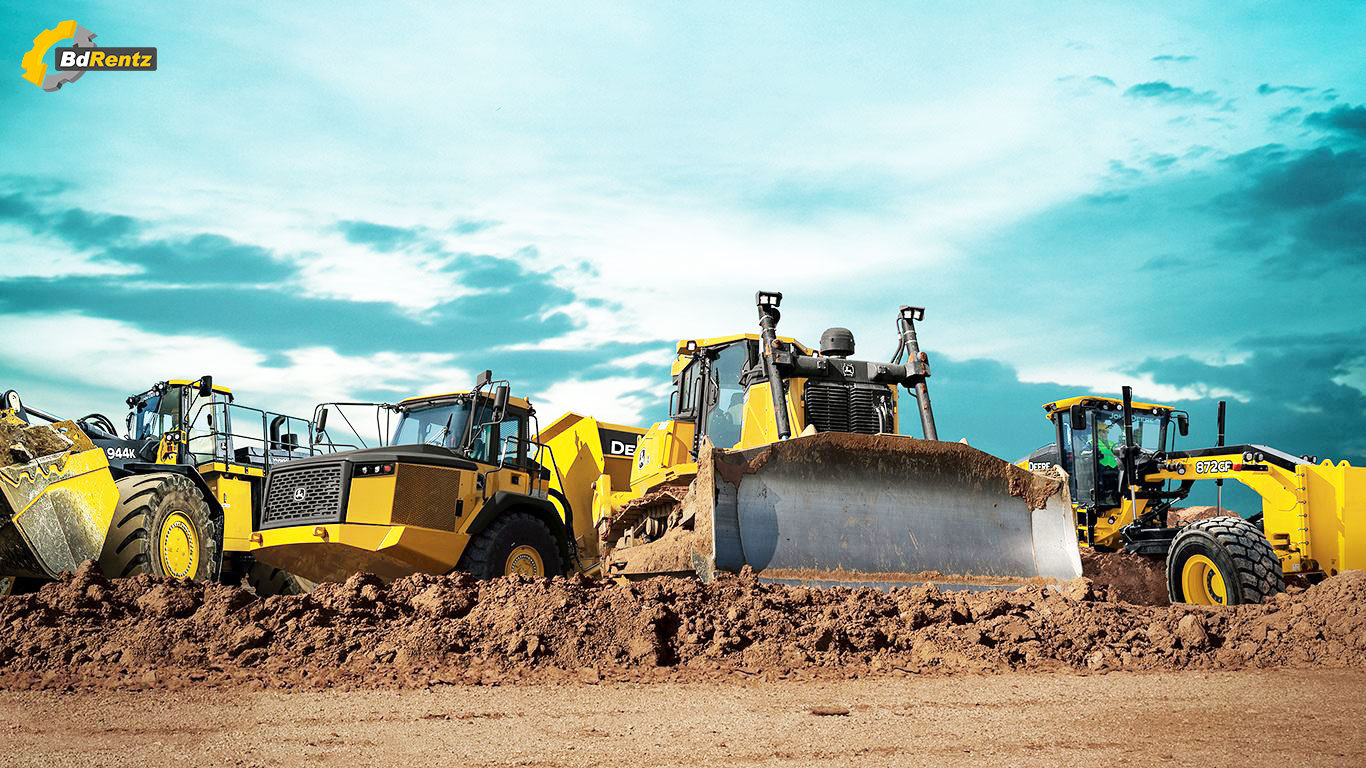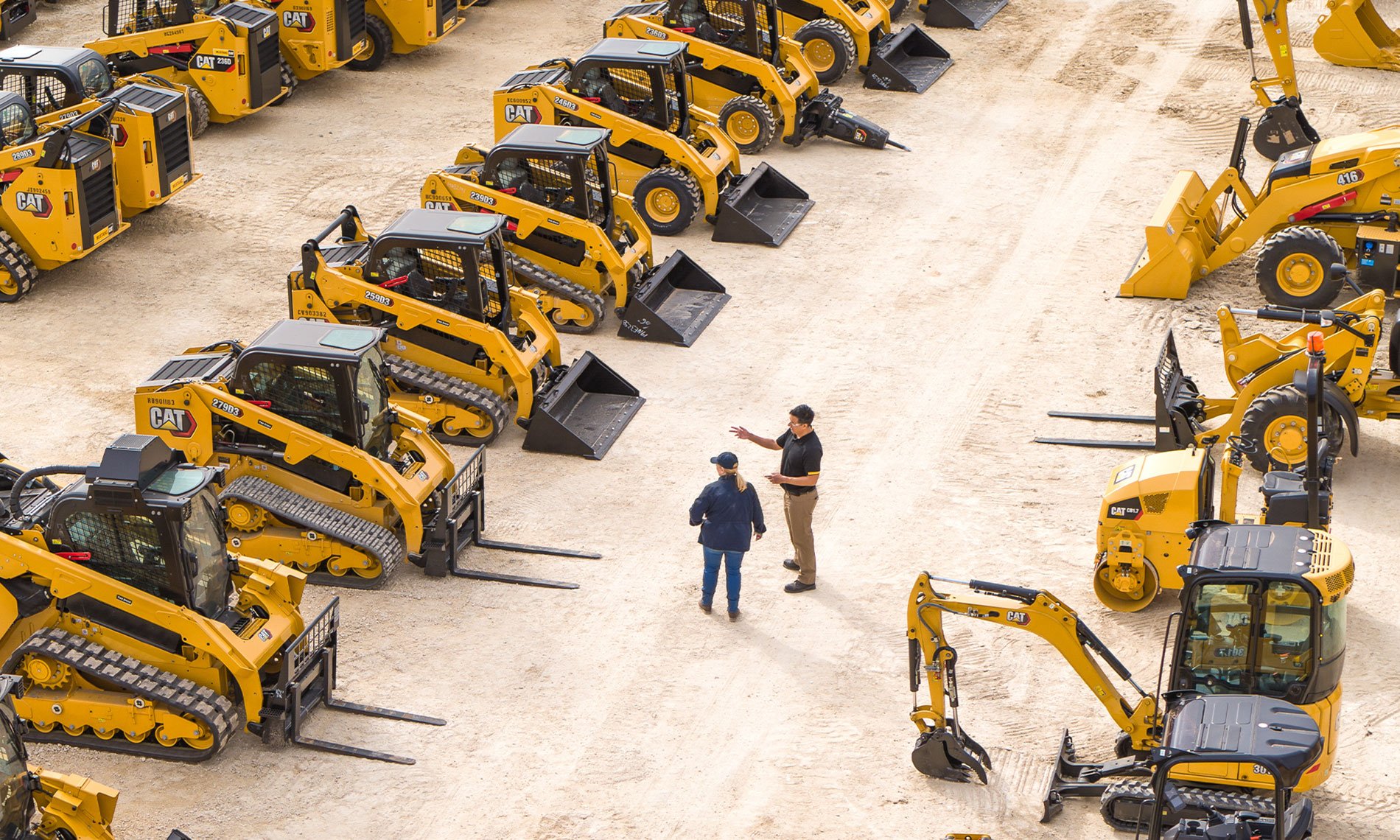Forklift Rental: Heavy Training Equipment for Warehousing and Much more
Forklift Rental: Heavy Training Equipment for Warehousing and Much more
Blog Article
Optimize Your Spending Plan by Recognizing the Expenses Connected With Building Equipment Rentals
Understanding the full scope of prices connected with building and construction equipment leasings is essential for optimizing your budget. What approaches can be employed to successfully take care of these costs and guarantee an extra reliable rental experience?
Overview of Rental Expenses
When considering building and construction devices rentals, recognizing the connected costs is vital for effective budgeting and task planning. Rental prices can vary significantly based upon several aspects, including devices type, period of rental, and area. The preliminary rental cost commonly shows the tools's market demand and its linked operational capabilities, affecting the overall cost.
In addition to the base rental price, ancillary prices might occur, such as transport fees, gas surcharges, and upkeep charges. It is important to account for these extra expenditures to precisely analyze the overall price of renting devices. The rental duration can impact pricing; longer leasings may certify for affordable prices, while short-term leasings might sustain higher day-to-day fees.

Break Down of Rental Rates
An extensive understanding of rental rates is vital for specialists and job managers aiming to optimize their budgets. Rental prices for building and construction devices normally contain a number of elements, including base rates, time-based fees, and usage fees.
Base prices are the core costs related to the leasing of the equipment, often determined by the kind and size of the machinery. These prices can differ considerably, influenced by variables such as devices demand, schedule, and local market trends. Time-based costs, which may be daily, weekly, or monthly, serve to suit different project timelines and rental periods.
Additionally, rental prices might include usage costs, which apply when devices is used beyond a defined limit, making sure that the rental company can represent damage. Seasonal demand variations can additionally impact rental prices, with peak building seasons commonly commanding higher costs.
In addition, recognizing the rental business's policies pertaining to upkeep and insurance coverage can provide more insight right into the overall expense framework. By evaluating these parts, specialists can make informed decisions, making certain the choice of rental tools aligns with both job needs and budget plan restraints.
Added Costs to Consider
Understanding the ins and outs of added costs is essential for specialists to handle their total rental expenses efficiently. Past the typical rental rates, different supplemental charges can substantially influence the total expense of equipment leasing. These fees usually consist of distribution and pick-up costs, which can vary based on distance and logistics involved in carrying the devices to and from the task site.
Furthermore, some rental companies may enforce gas additional charges if the tools is returned with much less gas than when leased. It is likewise necessary to be conscious of prospective cleaning fees, especially for specific equipment that requires thorough maintenance after usage.

Completely reviewing the rental arrangement and clearing up these additional costs ahead of time can assist professionals make certain and prevent unexpected prices that budget plans remain undamaged throughout the project lifecycle.
Upkeep and Repair Expenditures
Routine repair and maintenance expenses are usually forgotten elements that can dramatically influence the total expense of construction devices rentals. When leasing equipment, it is critical to think about not just the rental charges yet also learn the facts here now the prospective prices connected with maintaining the machinery in optimum operating problem.
Lots of rental companies include standard upkeep as part of the rental contract; nonetheless, more comprehensive fixings or unexpected break downs can cause added expenses. It's necessary to assess the rental agreement carefully to understand what maintenance services are covered and what duties drop on the occupant.
Furthermore, equipment that is not well-kept can cause inadequacies at work site, potentially triggering delays and boosting task prices. To minimize these threats, it is recommended to conduct regular evaluations and keep open interaction with the rental company relating to any type of problems that occur during use.
Insurance and Responsibility Costs
Insurance coverage and obligation prices are essential parts that can dramatically impact the overall expenditure of building and construction tools services (forklift rental). These prices make sure that both the rental business and the client are safeguarded from possible economic losses arising from mishaps, damage, or burglary throughout the rental period

Furthermore, clients need to understand any type of deductibles or exemptions in the insurance coverage, as these can impact potential out-of-pocket costs. Understanding the terms and problems of any insurance coverage is vital to avoid unexpected expenses. Ultimately, budgeting for insurance and liability costs can help make certain a smoother rental experience and secure versus economic dangers connected with construction jobs.
Conclusion
In verdict, a comprehensive understanding of the expenses linked with building tools rentals is crucial for effective budget administration. Eventually, informed decision-making regarding equipment rentals contributes special info to the general success of construction ventures.
Rental costs can vary significantly based on a number of aspects, including tools kind, duration of leasing, and area (heavy equipment rental). The rental duration can impact rates; longer Discover More Here rentals might qualify for affordable prices, while short-term services could sustain higher everyday costs
By conducting extensive research and engaging with credible rental firms, contractors can effectively browse the intricacies of rental prices, ultimately optimizing their monetary sources.
Past the basic rental rates, numerous supplementary costs can dramatically affect the complete expense of tools service. Rental firms often offer liability insurance that covers injuries to third parties or damage to residential property, while devices damages insurance can cover the expense of fixings or replacement if the rented equipment is damaged.
Report this page